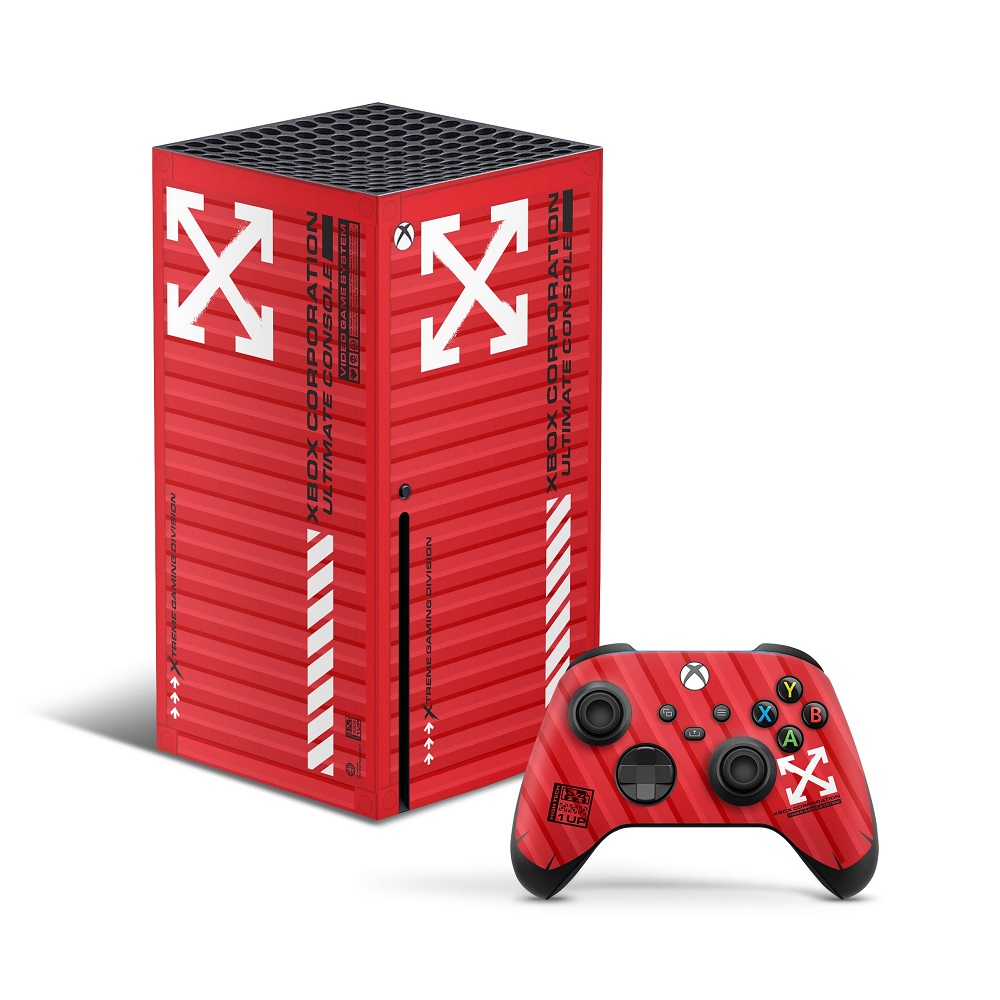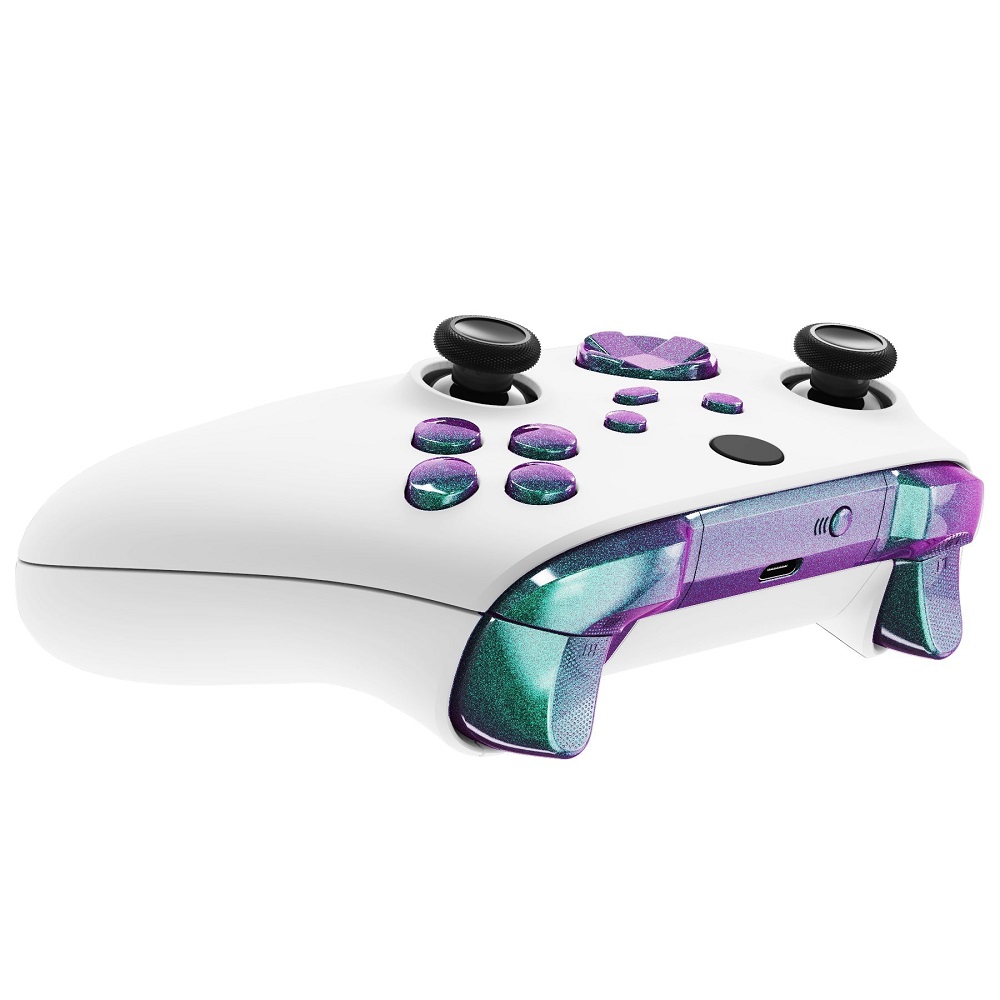The Xbox Series X has taken the gaming world by storm since its release. It represents a significant leap in performance and capabilities compared to its predecessor, the Xbox One. One of the key components that contribute to the impressive graphics and performance of this console is its graphics card. What graphics card does the Xbox Series X have? Understanding the specifications and features of the Xbox Series X graphics card can help potential buyers and gamers appreciate what this console offers. This article will delve into the technical aspects of the Xbox Series X graphics card, exploring its architecture, performance, and what it means for gamers.
Overview of the Xbox Series X
Next-Gen Gaming Experience
What graphics card does the Xbox Series X have? The Xbox Series X is Microsoft’s flagship gaming console, designed to deliver an exceptional gaming experience. It was officially launched in November 2020 and quickly became known for its advanced technology and superior performance. The console boasts impressive features, such as fast load times, high frame rates, and beautiful graphics.
Its design prioritizes cooling and efficiency, enabling powerful components to work seamlessly together. While many gamers focus on the console’s library of exclusive games and overall capabilities, the importance of its graphics card should not be overlooked. The graphics card plays a pivotal role in shaping the user experience.
Key Features
The Xbox Series X is designed for 4K gaming and supports up to 120 frames per second. It achieves these impressive specifications using a custom AMD processor, which combines a powerful CPU and an advanced GPU. The console also supports various features such as ray tracing and variable refresh rates, allowing for more lifelike visuals and smoother gameplay. Understanding the graphics card is essential to maximizing the potential of these features.

The Architecture of the Graphics Card
Custom AMD RDNA 2 Architecture
At the heart of the Xbox Series X is a custom graphics processing unit (GPU) based on AMD’s RDNA 2 architecture. This advanced architecture was designed to deliver high performance and energy efficiency. RDNA 2 is the same architecture powering AMD’s latest Radeon graphics cards, thus allowing for state-of-the-art graphics technology in the gaming console.
The use of RDNA 2 enables the Xbox Series X to support real-time ray tracing, a technology that simulates the natural behavior of light to enhance reflections, shadows, and other visual effects. This capability significantly elevates the visual fidelity of games, providing gameplay experiences that are both immersive and visually stunning.
GPU Specifications
The graphics card in the Xbox Series X features 52 compute units and operates at a maximum frequency of 1.825 GHz. With a theoretical performance of 12 teraflops, the GPU is capable of processing a vast amount of information, leading to high frame rates and rich graphics. Teraflops measure a system’s performance in computational operations, making it a relevant metric for gauging the power of the Xbox Series X’s GPU.
This powerful GPU complements the CPU, which is also part of the custom AMD architecture. Together, they deliver a balanced performance that allows the console to efficiently handle demanding tasks and graphics-heavy games. Understanding these specifications provides insight into the potential of the Xbox Series X as a gaming system.
Performance Capabilities
4K Gaming
One of the standout features of the Xbox Series X graphics card is its ability to support 4K gaming at 60 frames per second. This capability allows for stunning visuals that bring games to life in a new way. Gamers can experience rich textures, realistic lighting, and detailed environments, making gameplay more immersive.
In addition to native 4K gaming, the console uses techniques such as upscaling to enhance performance further. Upscaling allows lower-resolution games to appear close to 4K quality without sacrificing frame rates. This flexibility ensures that a wide range of games can benefit from higher resolutions.
Ray Tracing and Visual Effects
The inclusion of real-time ray tracing capabilities is another critical aspect of the Xbox Series X graphics card. Ray tracing enhances the realism of lighting and reflections in games by simulating the way light interacts with objects. This technology elevates graphics to a level previously seen only in high-end PC gaming.
Many games optimized for the Xbox Series X take full advantage of these capabilities, showcasing stunning visuals that highlight the power of the graphics card. The result is an engaging gaming experience that allows players to feel more connected to the virtual worlds they explore.

Compatibility and Game Library
Backward Compatibility
The Xbox Series X offers broad backward compatibility, allowing gamers to play a vast library of games from previous Xbox consoles. This feature is powered by the advanced capabilities of the graphics card. Many older titles benefit from improved performance and enhanced graphics due to the underlying architecture.
Games that originally ran on the Xbox One can experience faster load times, improved frame rates, and increased resolutions when played on the Series X. This compatibility ensures that gamers can enjoy their existing game collections while experiencing the benefits of the new hardware.
Optimized Titles and Future Releases
Many new game titles are designed specifically to take advantage of the Xbox Series X graphics card. These optimized games leverage the power of the GPU to deliver enhanced graphics, performance, and smoother gameplay. Developers can utilize features such as Quick Resume and Smart Delivery to create seamless gaming experiences.
As the gaming industry continues to grow, more titles will be developed with the capabilities of the Series X in mind. This means that gamers can expect ever-improving graphics and technological advancements for years to come, supported by the reliable performance of the graphics card.
Comparing to Other Consoles
The Xbox Series X vs. PlayStation 5
In the world of gaming consoles, the Xbox Series X often finds itself compared to its primary competitor, the PlayStation 5. Both systems feature powerful custom GPUs based on AMD’s architecture. However, there are some differences in performance.
While both consoles support 4K gaming and optimize for high frame rates, the Xbox Series X has an edge regarding raw teraflop performance. The 12 teraflops of the Series X’s GPU compared to the PlayStation 5’s 10.28 teraflops indicate that the Xbox may handle more complex graphical tasks more effectively. However, the performance differences can vary depending on the specific game and optimization techniques used by developers.
PC Gaming Comparisons
When comparing the graphics card in the Xbox Series X to a gaming PC, there are additional factors to consider. While the console has excellent performance for its size and price point, a high-end gaming PC can offer even higher teraflop specifications and performance. This leads to the possibility of enhanced frame rates, better graphics, and increased resolution.
However, the Xbox Series X presents an accessible, cost-effective option for gamers. It allows players to enjoy advanced graphics without the need for substantial investments in individual components or hardware. For many gamers, the convenience of a console outweighs the benefits of building a high-end gaming PC.

Future Developments
Upgrades in Gaming Technology
As technology continues to evolve, so will the capabilities of graphics cards in gaming consoles. With the rapid advancement of software and hardware, developers are finding innovative ways to harness the power of existing graphics cards. Enhancements in artificial intelligence, machine learning, and graphics rendering will continue to push the boundaries of what is possible in gaming.
Future updates to the Xbox Series X may also improve graphical performance as developers refine their techniques and deliver additional content. Console owners can look forward to new technologies that aim to provide deeper immersion and richer gaming environments.
The Role of Cloud Gaming
Cloud gaming is another area of development that may impact the gaming landscape. With services such as Xbox Cloud Gaming (formerly known as Project xCloud), gamers can access high-quality gaming experiences without relying solely on local hardware. Cloud gaming utilizes powerful servers to deliver games, where graphics processing is handled in the cloud and streamed directly to the user’s device.
This technology presents an exciting future for gamers, as the limitations of local hardware may become less relevant. As cloud gaming advances, it may supplement and enhance the capabilities of existing consoles like the Xbox Series X.
Conclusion
What graphics card does the Xbox Series X have? Understanding the graphics card in the Xbox Series X is crucial for appreciating the console’s performance and capabilities. Featuring a custom AMD RDNA 2 architecture, the console’s GPU delivers stunning visuals, supports 4K gaming, and incorporates advanced technology such as ray tracing. This powerful hardware makes the Xbox Series X a compelling choice for gamers seeking an immersive experience.
The role of the graphics card goes beyond just rendering beautiful graphics; it influences gameplay performance, compatibility with older titles, and the potential for future developments. As the gaming landscape rapidly evolves, the Xbox Series X continues to stand at the forefront, presenting gamers with incredible opportunities for engagement and enjoyment.
Whether you’re a seasoned gamer or new to the world of consoles, the Xbox Series X offers a diverse and rich gaming experience. Its powerful graphics capabilities enhance gameplay, showcasing the artistry and innovation behind modern gaming. As technology advances, the capabilities of this console will only improve, ensuring that gamers get the most out of their experiences for years to come.
